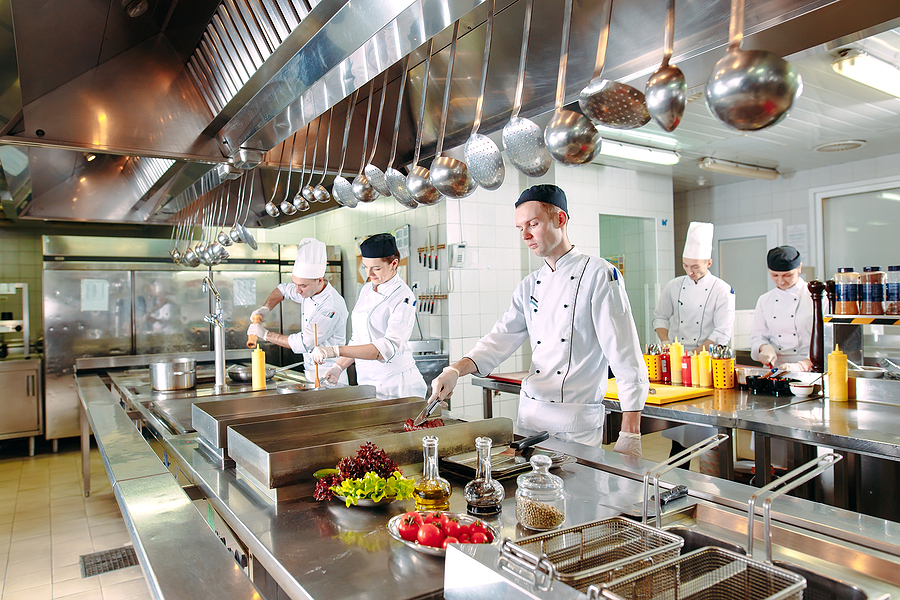Every year, 5,000 plus restaurant building fires are reported in the U.S. These fires can be detrimental to a business and potentially life-threatening. On average, these fires cause 75 injuries and roughly $172 million in property damage each year.
According to the FEMA Topical Fire Report Series, the main source of these fires originates from the ‘cooking line’. The cooking line is the section of a restaurant where grills, fryers, and ovens are lined up for cooking purposes. Every hot food production business incorporates a cooking line.
Restaurants are more susceptible to fires than any other traditional storefront business. For this reason, restaurant owners must be prepared with proper restaurant fire suppression systems.
How to Choose Your Fire Suppression System
When choosing safety equipment for your restaurant, give special care to the areas that are the most susceptible to fires. Examine your equipment and determine what components of your cooking line are the most likely to cause a fire. These components should receive the most attention when setting up your fire safety precautions.
The FEMA Restaurant Building Fires Report shows that deep fryers and ranges are especially susceptible to igniting restaurant fires.
Fire suppression systems
A fire suppression system is a system of pipes, activated by heat, that spray fire-extinguishing substances. These systems are most commonly attached to hood systems along a cooking line.
These systems mark a certain heat threshold that is determined to be above the normal level of heat produced in the kitchen. When the temperature threshold is surpassed, the system is activated. These systems can also be activated manually.
In the event of a fire, these systems spray a wet, chemical foam. The foam is designed to be suitable for all fire types, however, it is aimed at suppressing grease fires. The chemical foam is designed to cool grease and seal combustible vapors to prevent re-ignition.
Fire suppression systems serve as an incredible resource for limiting fire damage. These systems not only protect businesses from insurmountable property damage but also protect the lives of restaurant employees.
Remember, fire suppression systems need to be approved by certified technicians before they are installed. It’s best to hire a professional to ensure proper installation.
Hood systems
Grease hood systems are integral to proper fire prevention in your restaurant. These systems are used to properly vent components on a cooking line. Proper ventilation is necessary as exhaust, smoke, and other airborne particles are frequently produced by various cooking mechanisms.
Grease hood systems can be used to vent fryers, griddles, and char broilers. If your kitchen contains several components which produce airborne particles, installing multiple grease hoods is recommended; it may even be required by law.
Fire Safety Inspections
It is fundamental to fire safety and prevention to perform regular fire safety inspections. During these inspections, all fire suppression systems should be examined and given proper maintenance. Without this final step, all of your fire safety precautions could be rendered useless in the event of a fire.
A sufficient inspection must be carried out by a certified technician who is trained in fire safety and restaurant fire suppression systems. These inspections should be regular and consistent, with each inspection taking roughly an hour or more. During this inspection, it is crucial to clean out any grease buildup found within the fire suppression systems.
Once the inspection has been completed, documentation will be provided by the technician to certify the inspection.
Contact for More Information
If you have further questions regarding fire suppression systems or other fire safety measures for your New Mexico restaurant, call the fire safety experts at Brazas Fire (505)-889-8999.
